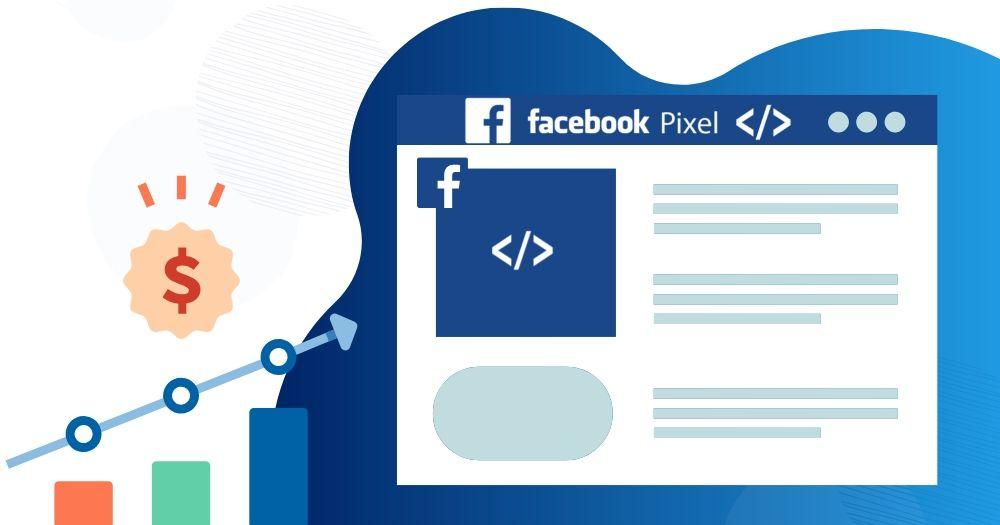The Facebook Pixel is a small piece of code that you can add to your website to track conversions, build audiences, and get insights about how people interact with your website. Think of it like a cookie for your website that talks to Facebook.
To get started with the Facebook Pixel, you’ll first need to have a Facebook Ads account. If you don’t have one, you can create one for free. Once you have an account, you can create a Pixel in the Events Manager section of your Ads account.
Next, you’ll need to add the Pixel code to your website. This can be done in a few different ways, depending on how your website is set up. The easiest way is to use a plugin if your website is built on a popular platform like WordPress or Shopify. If you’re working with a developer, they can also add the code directly to your website.
Once the Pixel is installed and active on your website, you can start tracking conversions. A conversion is an action that you consider valuable, like a purchase or a form submission. You can set up specific conversion events in your Facebook Ads account, and track how many times they occur on your website.
The Facebook Pixel also allows you to build custom audiences. These are groups of people who have visited your website or taken specific actions on it. You can use these audiences to create targeted ads on Facebook, Instagram, and Audience Network.
Finally, the Facebook Pixel gives you insights about how people interact with your website. You can see things like how long people stay on your website, which pages they visit, and what actions they take. This information can help you optimize your website and improve the user experience.
in addition to the Facebook Pixel, Facebook offers other conversion tracking methods, such as:
- Facebook Offline Conversion: With this method, you can track conversions that happen offline (i.e. in a physical store) by uploading a file of offline conversion events to Facebook. This allows you to see the impact of your Facebook ads on offline sales and optimize your advertising strategy accordingly.
- App Events: App Events allow you to track specific actions taken within your mobile app, such as purchases or registration. This data is sent to Facebook, allowing you to track the performance of your mobile app install ads and optimize your advertising strategy.
- Custom Audiences from Customer Files: With this method, you can create a Custom Audience using a file of customer data (e.g. email addresses, phone numbers) that you have collected. You can then use this audience to create targeted ads on Facebook, Instagram, and Audience Network.
- Facebook SDK: The Facebook SDK is a set of tools that allows developers to integrate Facebook functionality into their mobile apps. The SDK includes tools for tracking app events, which can be used to track conversions and other actions within the app.
- Facebook Server-Side API: With server-side API, you can send conversion events and other data directly from your server to Facebook
In summary, the Facebook Pixel, along with Facebook’s additional tracking options, are a powerful tool that can help you track conversions, build audiences, and gain insights about how people interact with your website. It’s a must-have for any business that wants to advertise on Facebook, Instagram, and Audience Network.





